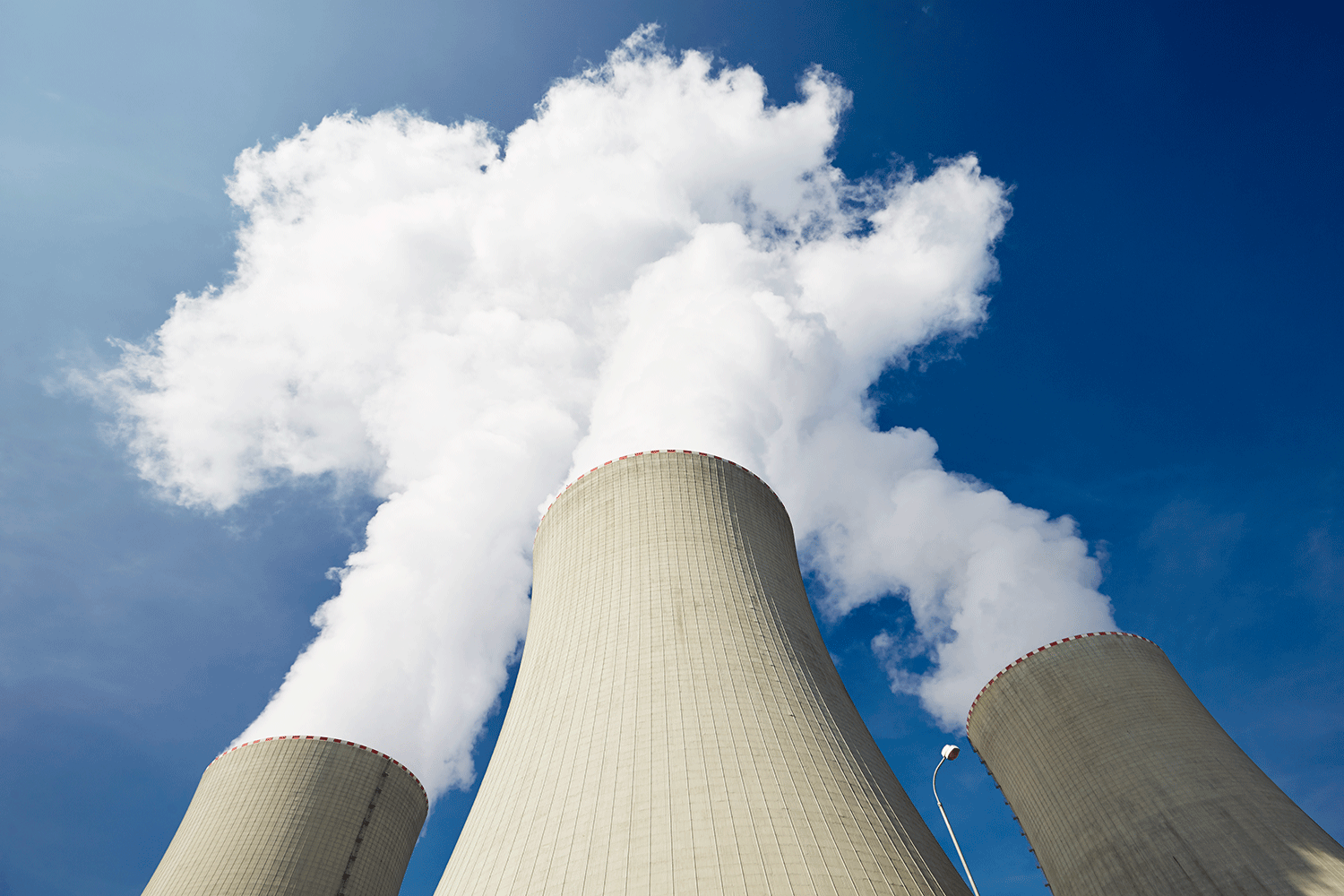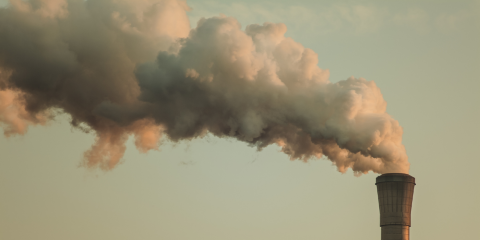Significant issues with Australian nuclear proposal

Key Takeaways:
IEEFA has identified significant issues with the opposition Coalition’s proposal to introduce nuclear power generation in Australia if elected.
Nuclear power is much more expensive than renewables plus storage, would take much longer to build than expected and would face compatibility problems with an electricity grid with a large amount of solar.
A number of financial questions remain unanswered, including decommissioning costs, cost of nuclear waste disposal, and nuclear accident liability – these questions add uncertainty to the proposal.
Renewables plus storage are the lowest-cost form of power generation available in Australia, and building more renewables is the best way to bring down energy prices.
[19 June 2024] IEEFA Australia: Australia’s opposition Coalition on 19 June announced a proposal to build seven nuclear power plants.
IEEFA has analysed the Coalition’s nuclear power plant proposal and found there are significant issues with the plan.
Johanna Bowyer, Lead Analyst – Australian Electricity, comments: “Research by IEEFA calls into question whether nuclear makes financial sense for Australia, for a multitude of reasons including cost, timing, compatibility with renewables, and other financial questions.”
Cost
“Nuclear power is much more expensive than renewables plus storage, as CSIRO and Lazard have found. CSIRO has modelled large-scale conventional nuclear reactors to be 1.5 to two times more expensive than renewables with storage and transmission, and nuclear SMRs to be about four times more expensive.
“Nuclear plants are notorious for cost overruns. IEEFA analysts found that SMRs in operation or under construction cost three to seven times more than originally planned. Proposed SMRs in the US have also already seen cost estimates blow out by between two and four times in recent years.
“Large-scale reactors often face cost overruns as well. The Flamanville EPR in France is an example of this, with costs having more than quadrupled despite France’s deep expertise on nuclear.
“The Coalition is proposing seven government-owned nuclear power stations around Australia. Just one power station in UK, the Hinkley Point C 3,200-megawatt (MW) plant, looks like it will cost AUD88 billion, according to the BBC, much higher than initial estimates.
“Therefore, the Coalition’s nuclear proposal could cost Australia hundreds of billions of dollars.
“The Coalition suggested in today’s press conference that coal power plant closure dates may be pushed out, and gas power would be relied upon until nuclear is ready. These measures would also have high cost.
“Gas power is one of the highest-cost technologies in our electricity market at present, and relying on gas more would only raise electricity bills and emissions. Further, we know from the recent Eraring coal power plant extension agreement that extending coal power plant exit dates could cost the taxpayer significantly.
“During the 2022 energy crisis we saw high coal and gas prices leading to spiking power prices, and countries around the world have been racing to install more renewables to bring down prices and support reliability.
“Renewables plus storage are the lowest-cost form of power generation we have available in Australia, so building more renewables is the best way to bring down energy prices.
“France has the highest share of nuclear power in the world, with 70% to 80% of its electricity generated by nuclear, and it is one of the countries with the highest wholesale power prices globally according to the IEA.”
Timing
“Nuclear takes a very long time to build. The Coalition stated that nuclear power plants would be online by 2035, but this is not feasible.
“First of all, significant time will need to be taken to develop the regulatory regime for nuclear power. Then there would be years of planning, contracting and pre-construction works. Then the build would start – the few existing SMRs in operation around the world took over 12 years to build, despite original construction schedules of three to four years. Large reactors have a history of long delays, with most recent projects in the US and Europe taking 10 years or longer.
“So, it doesn’t look like nuclear could come online until the 2040s.”
Compatibility with renewables
“The Coalition suggests they will have nuclear power operating alongside rooftop solar. However the financials of nuclear power plants deteriorate when they reduce down their output to accommodate solar, so there are significant questions around that notion.”
Other financial questions
“There are a range of questions related to the nuclear proposal, including the cost of decommissioning the reactors, the strategy and cost to dispose of nuclear waste, and liability for nuclear accidents – like the 2011 Fukushima disaster which is still being cleaned up, and could end up costing as much as USD660 billion.
“These questions add a lot of uncertainty and risk to the proposal.”
Media contact: Amy Leiper [email protected] +61 (0) 414 643 446
Author contacts: Johanna Bowyer [email protected]
About IEEFA: The Institute for Energy Economics and Financial Analysis (IEEFA) examines issues related to energy markets, trends, and policies. The Institute’s mission is to accelerate the transition to a diverse, sustainable and profitable energy economy. (ieefa.org)











